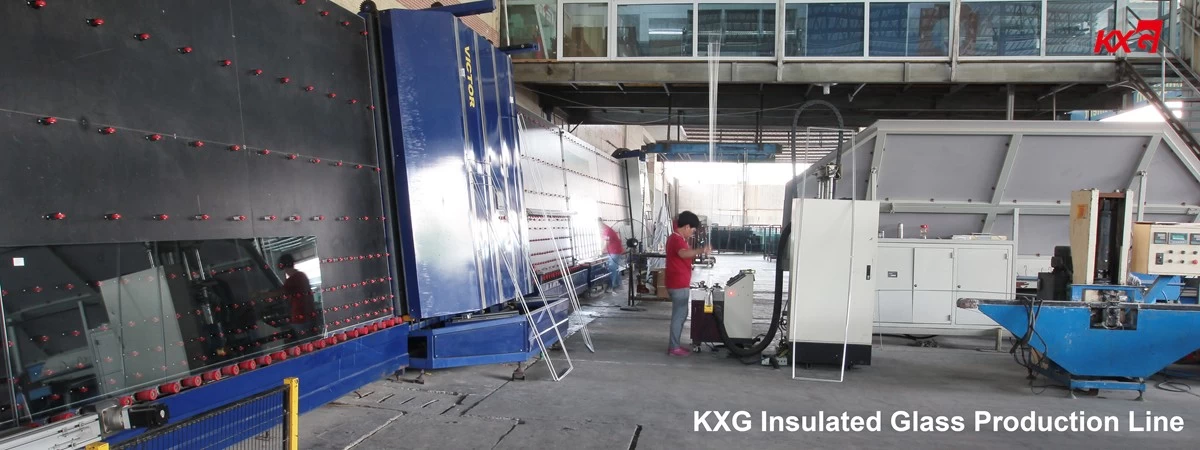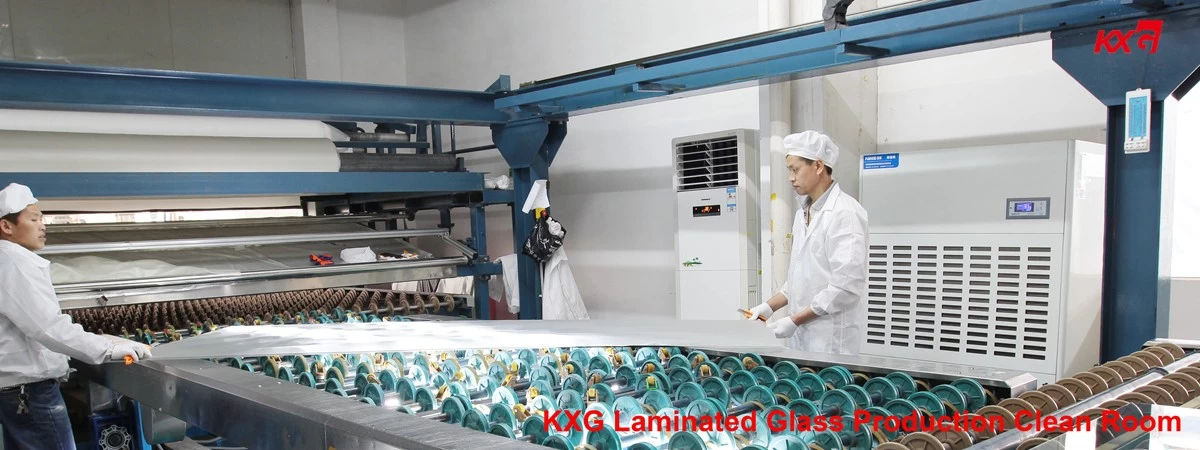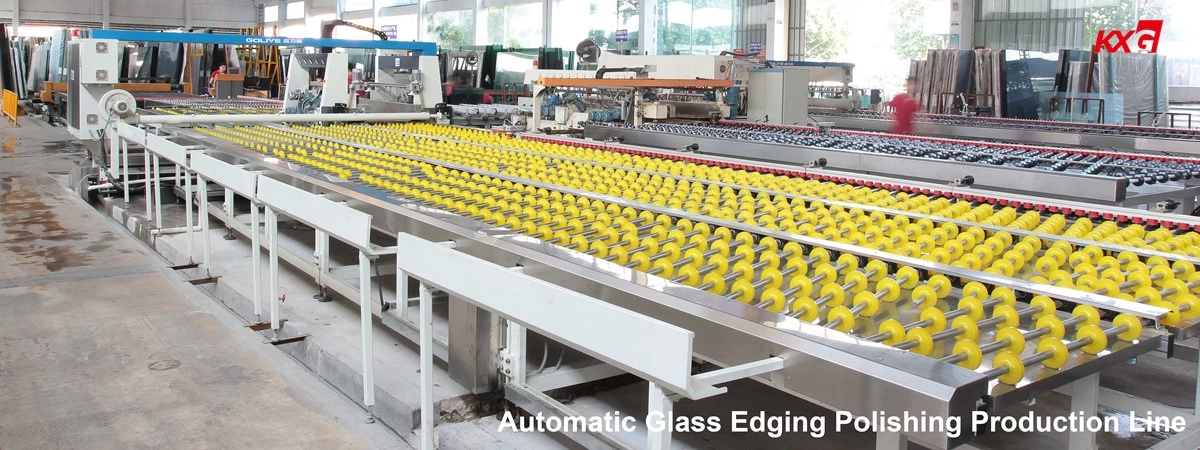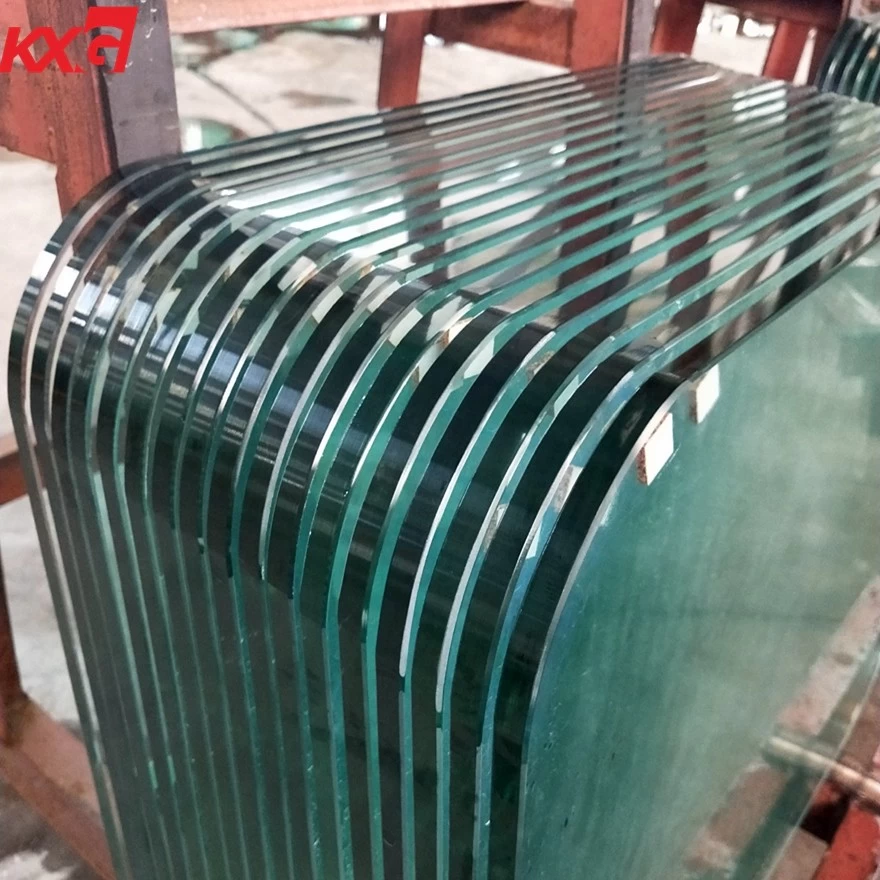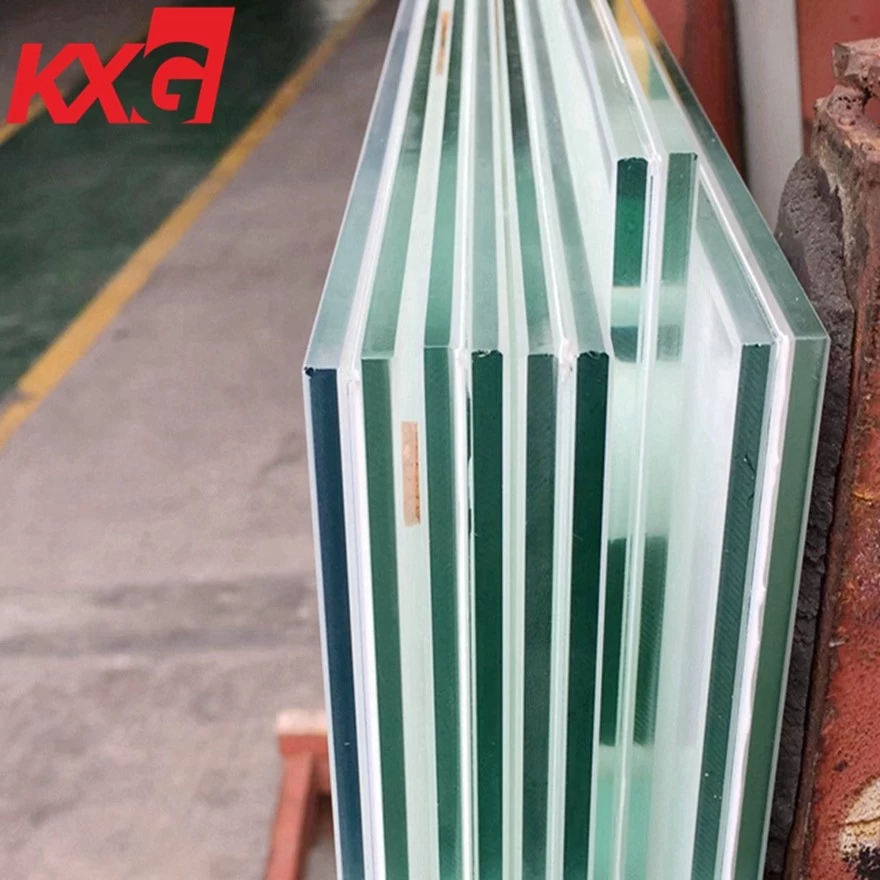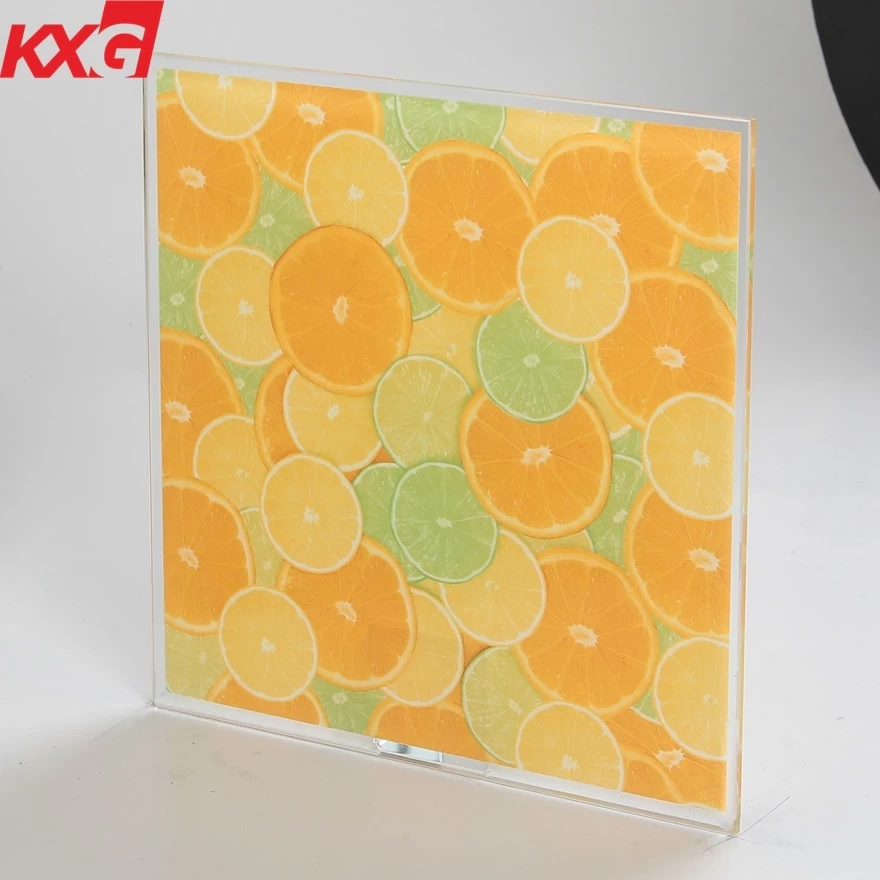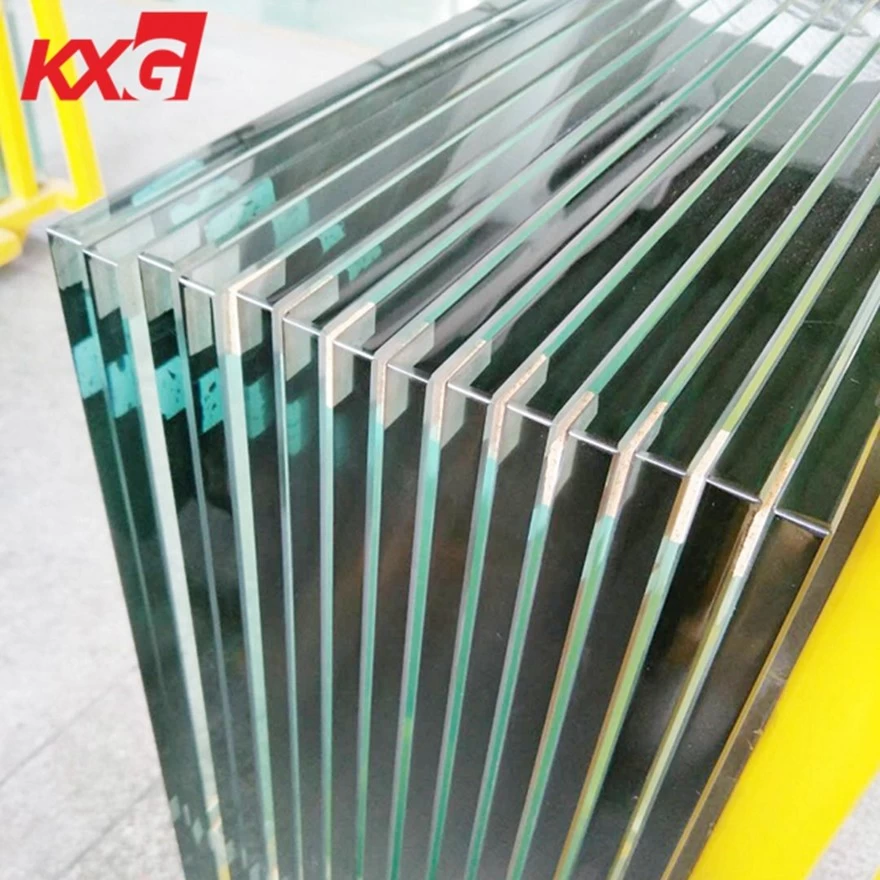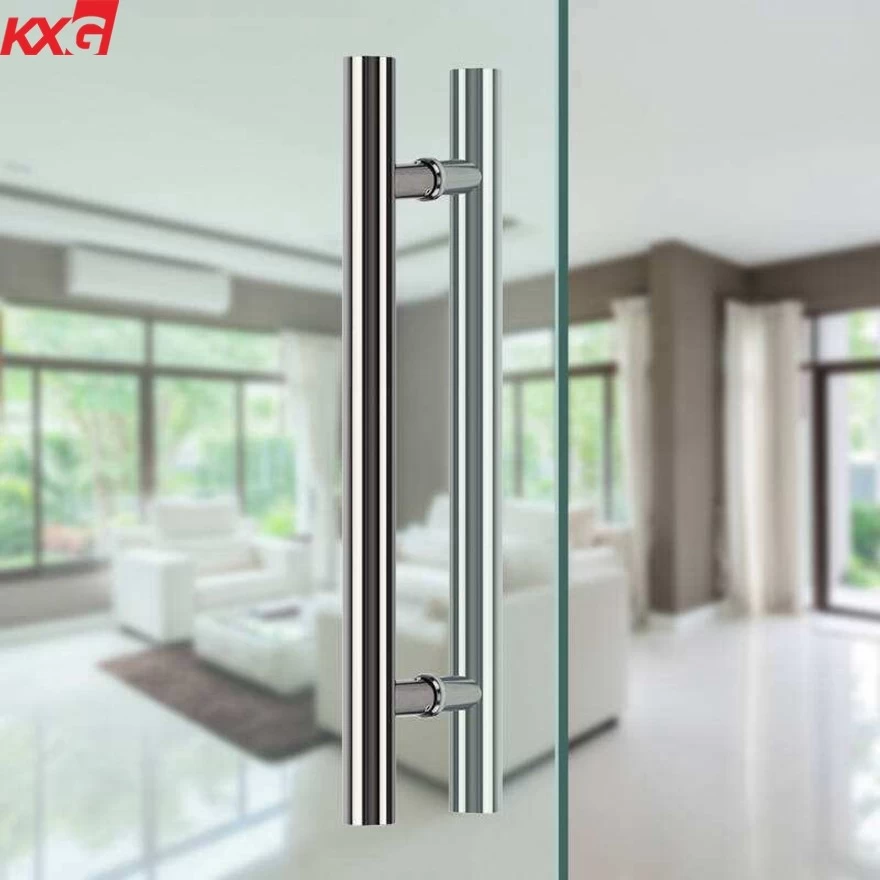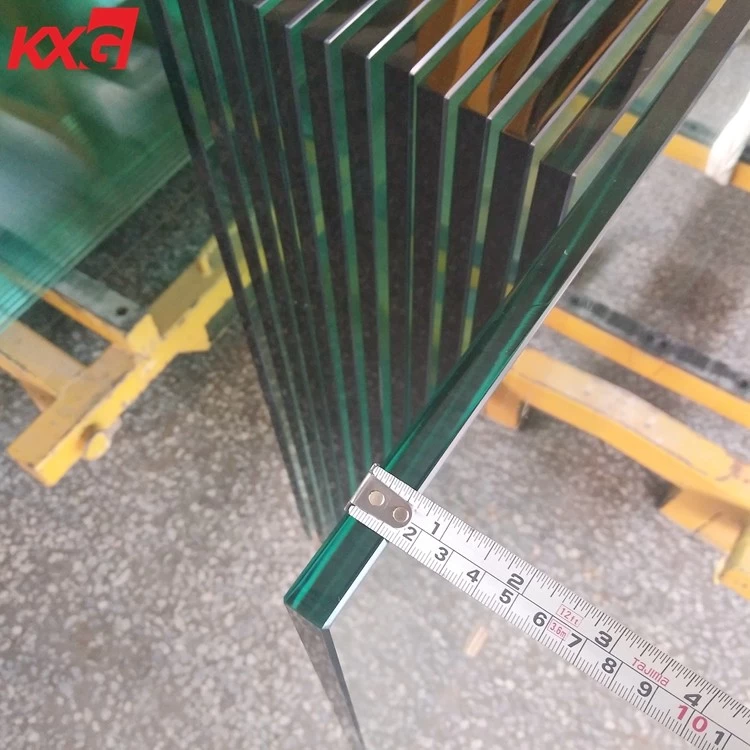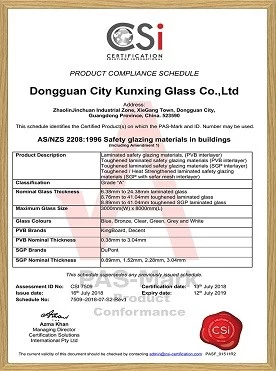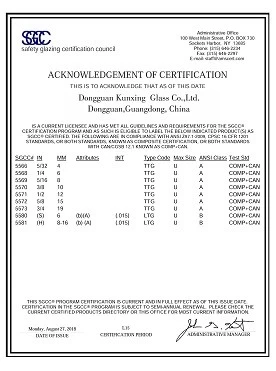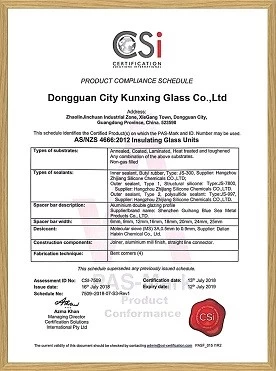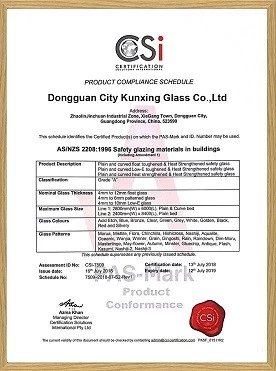How to pick the soundproof glass?
1. The main insulation effect of double-layer insulating glass is two-layer glass ( insulating glass: 5+9A+5, the actual thickness of glass is 10mm), thedistance between two pieces of glass.
2. The structure of the insulating glasshas standing wave resonance, which leads to an anastomosis between the soundwave of a certain frequency band and the insulating glass. That is, there is asound wave in a certain frequency band that can easily penetrate the insulatingglass. The general-purpose insulating glass (5+9A+5, 6+12A+6, 5+6A+5+6A+5) onthe market, or the sound-insulation and anastomosis effect frequency ofinsulated + laminated glass is concentrated between 250Hz and 500Hz. The noisefrequency that is uncomfortable with traffic noise is concentrated between 125Hz and 750 Hz.
3. Conclusion: There is an anastomosiseffect of the low-frequency sound insulation performance of the insulatingglass in the traffic, so that the low-frequency noise can easily penetrate theglass and enter the room, which is not suitable for use on the traffic trunk.

Laminated glass
The sound insulation performance oflaminated glass is mainly determined by the actual thickness of the glass, the thickness of the laminated film, and the flexible damping performance of the laminated film.
1. The sound insulation of all materials isgenerally subject to the law of mass. That is, the areal density (the productof material density and thickness) determines the amount of overall sound insulation.
2. Each sound proofing material has ananastomotic effect of sound insulation performance. The purpose of noise reductionand vibration control is to find that the acoustic wave frequency of thematching effect is not in the frequency range where noise reduction isrequired.
3. The anastomosis effect of laminatedglass appears at around 3000 Hz, away from the traffic noise in the middle andlow frequency. It is the soundproof glass currently used for the ideal busytraffic road.
4. When the sound wave hits the glass, the glass vibrates to propagate the noise. The single-layer glass, the insulatingglass, the vacuum glass and the laminated glass will vibrate due to the impactof the sound waves, and the vibration will produce the sound; the film in themiddle of the laminated glass It is equivalent to a damping layer, which caneffectively suppress the vibration of the glass, thereby improving the soundinsulation performance of the glass.
5. The better the damping performance ofthe laminated film, the better the overall sound insulation performance of thelaminated glass, especially for the low-frequency sound insulation performance.


